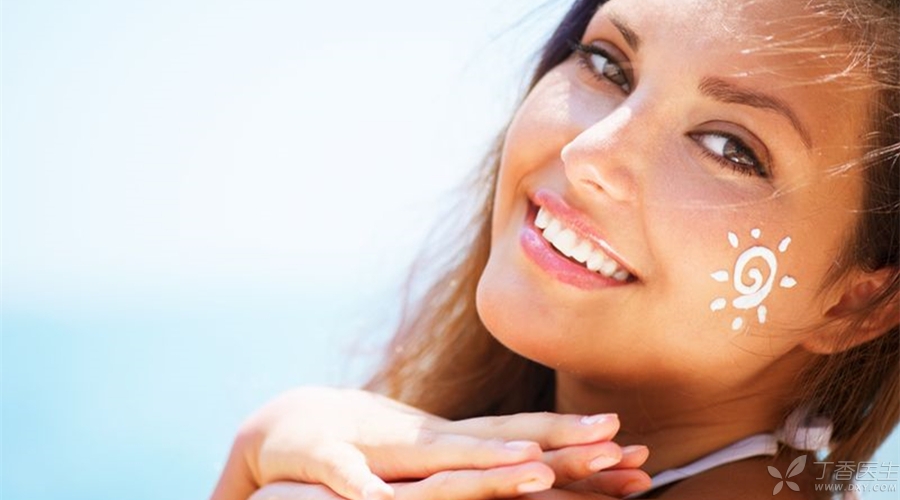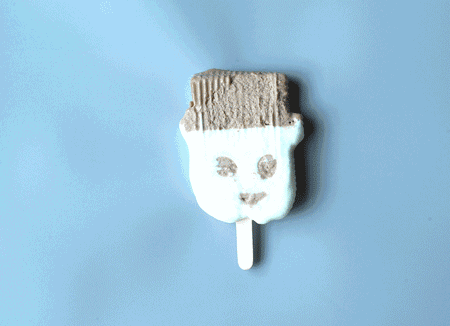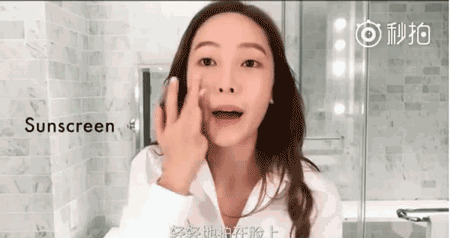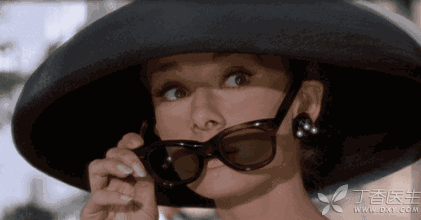
Summer is really coming!
Summer sunshine is not only hot, but also very [toxic]: strong sunlight can not only cause sunburn, but also cause wrinkles, aging skin, and even skin cancer and other health problems.
So, how should we protect ourselves from the sun in hot summer?
Today, Dr. Clove will teach everyone to wipe sun protection scientifically and systematically.
If you get too much sun, you will really get sick.
Moderate amount of sun exposure does help the body synthesize vitamin D. However, in such a strong sun in summer, too much sun exposure can really cause skin problems.

For example, UVB is the main cause of sunburn, skin inflammatory reaction and excessive pigmentation in summer. Fortunately, it can be blocked by glass, sunshade, clothes, etc.
About 95% of the ultraviolet radiation reaching the earth’s surface is ultraviolet rays (UVA). Too much sun exposure not only causes premature aging of the skin, but also may lead to skin cancer. Studies have shown that four-fifths of skin cancer can actually be avoided through daily sun protection measures.
Therefore, not only girls who love beauty need sun protection, but also men, children and the elderly all need sun protection.
How does sunscreen protect against sun?
Sunscreen is the skin’s last line of defense against sunlight.
What, did you ask what before? Of course, it is to hold a sun umbrella, wear a sun hat and wear sunscreen clothes!
However, they can only resist direct ultraviolet rays from the top of the head. In fact, there are reflected and refracted ultraviolet rays everywhere in life. In contrast, sunscreen has the advantage of being able to cover the face evenly and form the closest protection to the skin.
1. Physical sun protection
The physical sunscreen components in sunscreen are fine particles that do not interact with skin cells. They evenly cover the skin surface and form a barrier that can reflect light, so that most of the ultraviolet rays irradiated on the skin are reflected away.

These components are usually titanium dioxide and zinc oxide. The smaller the titanium dioxide particles, the more effective they are for short wave UVB. Zinc oxide is more efficient in attenuating UVA radiation. The two can be added to sunscreen alone or together.
Physical sunscreen is very suitable for people with sensitive skin because of its small irritation to skin. Typical physical sunscreen includes Ayang Natural Sunscreen SPF30 +/PA + + +, Xiuli Kezhen Thin Physical Sunscreen SPF30 +, Kelun Moisturizing Sunscreen SPF50 +/PA + + +, Shiseido Sunscreen SPF34.
2. Chemical sun protection
Physical sunscreen has a disadvantage, is often feel thick, white after smearing. Therefore, in addition to physical sunscreen, many sunscreen also use chemical sunscreen: chemical sunscreen through the combination with skin cells, absorb the energy of ultraviolet radiation to achieve the effect of preventing ultraviolet rays from damaging cells.

There are many chemical sunscreen ingredients, and the amount and maximum amount allowed by laws and regulations vary from country to country. At the same time, new ingredients will emerge with the development of science and technology. For example, you will find a large list of English words such as Tinosorb M, Uvinul T150 and Tinosorb S in the sunscreen ingredient list, which are also chemical sunscreens.
Chemical sunscreen is well known for a variety of sunscreens owned by Birou, as well as Stiefel low-sensitivity sunscreen SPF30/PA + + and Bedma temporary Yan refreshing oil-controlled sunscreen SPF30, which are also available for sensitive muscles.
3. Physical and chemical combination sunscreen

If you add both physical and chemical sunscreens to a sunscreen, it is a combination of physical and chemical sunscreens. This kind of sunscreen combines the advantages of both, reflecting ultraviolet rays and absorbing those ultraviolet rays that cannot be reflected.
Physical and chemical combination of sunscreen is more, 2017 Shiseido Sunscreen Gold Bottle SPF50 +/PA + + + +, Bedma Temporary Yan Shu Sunscreen SPF30 +, Skin Spring Daily Sunscreen Isolation SPF30 +/PA + + +.
How to choose sunscreen?
In short, it is: according to different situations, choose the appropriate protection level.

Different countries have different regulations on the level of protection. For example, the U.S. Sun protection mark broad-spectrum, some European countries use PPD or PA to indicate UVA protection index, and some use a circle outside UVA to indicate.
In Asia, SPF and PA values are mainly used.
SPF, as a sun protection index, is suitable for UVB and is defined as the ratio of the minimum amount of erythema required to cause erythema on sun-protected skin to that on unprotected skin.
For example, if you do not apply sunscreen for 15 minutes and erythema occurs after 16-24 hours, and if you apply sunscreen for 30 minutes and erythema occurs after 16-24 hours, then the SPF value is equal to 2.
Generally, SPF2 ~ 12 is low-power sun protection, SPF12 ~ 30 is medium-power sun protection, and SPF30 and above are high-power sun protection.
For UVA, the commonly used evaluation method is PFA value, which is the ratio of the minimum persistent blackening dose required to cause sunscreen protection and unprotected skin to blacken. The obtained PFA value is taken as an integer part, which is the familiar PA grade.
Therefore, if a sunscreen can protect UVA and UVB at the same time, we will see a sunscreen sign like [SPF20 PA + +].
As for the specific selection suggestions:
- For daily commuting indoor activities, SPF15 ~ 20, PA +/PA + + sunscreen can be used. SPF30 + PA + +/PA + + + should be used for outdoor activities for more than 2 hours. When playing by the sea, climbing mountains and other outdoor activities, you should choose sunscreen with sweat prevention, waterproof and SPF30 +/PA + + +.
In other words, a sunscreen may not be able to solve all the sun-basking scenes, and one needs to choose a sunscreen suitable for one’s own use feeling and activities.
